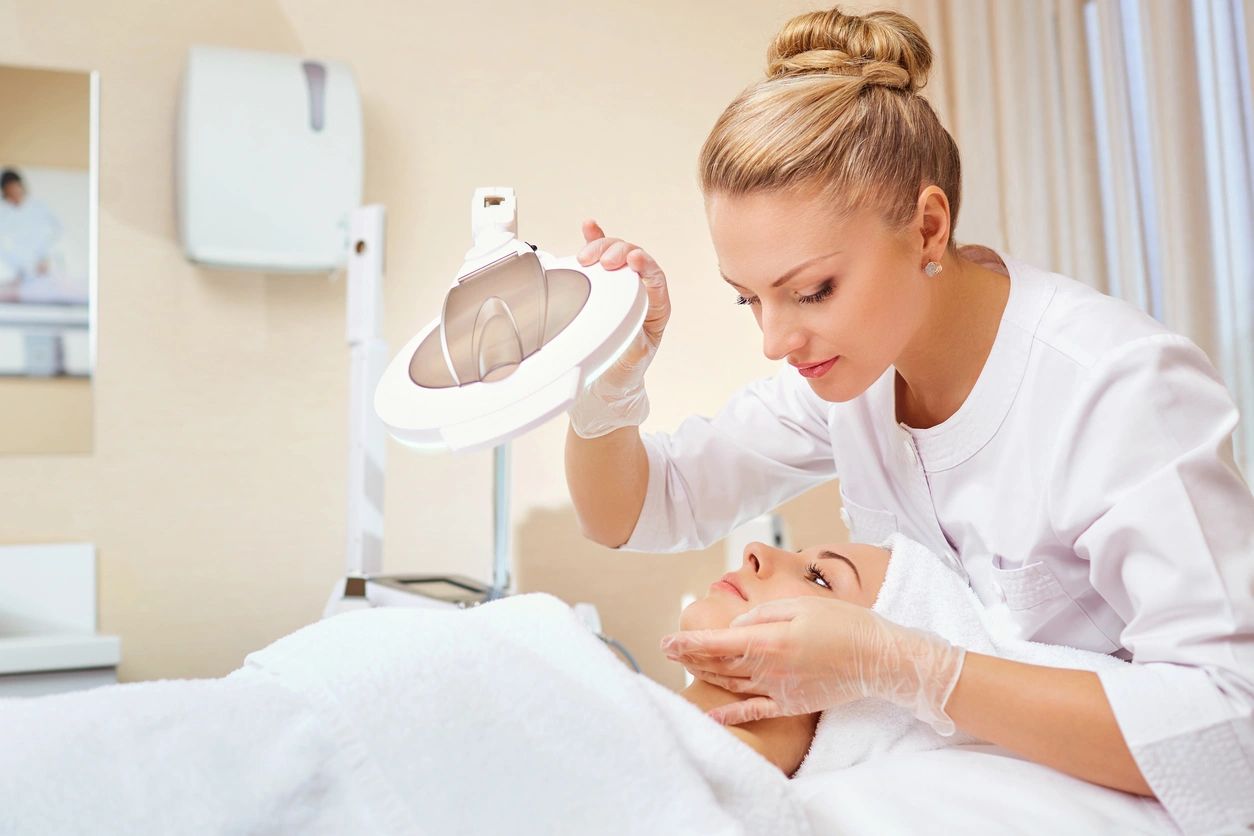
Microneedling combined with platelet-rich plasma (PRP) has emerged as a powerful treatment in dermatology, offering hope for various skin conditions that traditionally proved challenging to address. This innovative approach harnesses your body’s natural healing mechanisms in fascinating ways. Let me guide you through the most significant conditions this treatment can help, including one that might surprise you.
What Conditions Can Microneedling with PRP Treat?
1. Acne Scars
When acne heals, it can leave behind indented scars that seem impossible to treat. Microneedling with PRP works remarkably well for these scars because it operates on two levels. The tiny needles create controlled micro-injuries that stimulate collagen production, while the PRP, rich in growth factors, accelerates healing and tissue regeneration. Think of it as giving your skin both the signal to repair and the building materials it needs to do so effectively.
2. Fine Lines and Wrinkles
As we age, our skin’s natural collagen production slows down significantly. Microneedling with PRP helps combat this by triggering new collagen formation through the needling process. The PRP component adds an extra boost by delivering concentrated growth factors directly where they’re needed. This combination can help smooth out those stubborn expression lines around the eyes and forehead that seem to appear overnight.
3. Hyperpigmentation and Dark Spots
Uneven skin tone and dark spots can be particularly frustrating to treat. The micro-channels created during treatment allow for better penetration of the growth factors in PRP, which can help regulate melanin production. This process helps fade dark spots while promoting overall skin renewal, leading to a more even complexion.
4. Rosacea (Surprise!)
Most people don’t realize that microneedling with PRP can actually help manage rosacea, a chronic inflammatory condition characterized by facial redness and visible blood vessels. While it might seem counterintuitive to treat sensitive, inflamed skin with needles, the procedure can actually help strengthen the skin barrier and reduce inflammation when performed correctly. The growth factors in PRP have anti-inflammatory properties that can help calm the skin and reduce the frequency of flare-ups.
Here’s why this works: Rosacea often involves a compromised skin barrier that allows irritants to penetrate more easily, leading to inflammation. The controlled trauma from microneedling triggers the skin’s repair mechanisms, while PRP’s healing factors help rebuild a stronger, more resilient skin barrier. Over time, this can lead to fewer flare-ups and better overall skin health.
Beyond Treatment: The Science Behind the Success
What makes this combination therapy so effective is the synergistic relationship between microneedling and PRP. The micro-injuries created by the needles serve as direct channels for the PRP to penetrate deep into the skin, where it can work most effectively. The platelets in PRP release various growth factors that stimulate cell migration, new blood vessel formation, and collagen production – essentially giving your skin everything it needs to repair and rejuvenate itself.
Treatment Considerations
While microneedling with PRP shows promising results for these conditions, it’s important to understand that multiple sessions are typically needed for optimal results. The exact number of treatments will depend on the specific condition being addressed and its severity. Most patients see significant improvement after 3-6 sessions, spaced about 4-6 weeks apart.
Looking to the Future
As our understanding of skin healing continues to advance, researchers are discovering even more applications for this powerful combination therapy. Current studies are exploring its potential for treating other inflammatory skin conditions and even hair loss. The future of microneedling with PRP looks bright, with ongoing research potentially unveiling even more surprising applications for this versatile treatment.
Key Benefits of Microneedling with PRP
- Reduces acne scars and improves skin texture
- Smooths fine lines and wrinkles
- Fades hyperpigmentation and dark spots
- Helps manage rosacea and redness
- Strengthens the skin barrier
- Promotes natural collagen and elastin production
Remember, while these treatments show impressive results, they should always be performed by qualified professionals who can properly evaluate your skin condition and customize the treatment to your specific needs.
